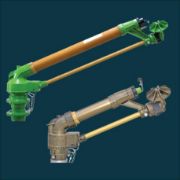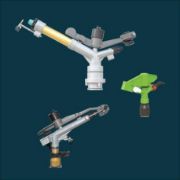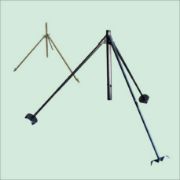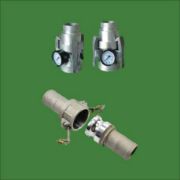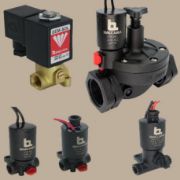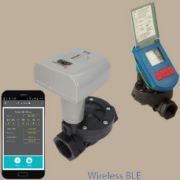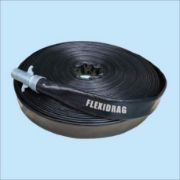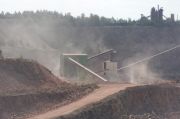Cookies help us deliver our services. By using our services, you agree to our use of cookies.
Search
You have no items in your shopping cart.
1 Year Warranty
Best Price Guaranteed
Fast Delivery
100% Satisfied Customers
Contact Info
- +359123 456789
- Mon--Fri 10:00 - 19:00
- yourstore@mail.com
- London, United Kingdom
- Glasgow str. 45
Copyright © 2025 IrrigationBox Int. All rights reserved. ABN: 33 650 994 522

